Heightened Self-Awareness and The Creative Process: 9 Ways Artists Might Be Impacted
With Self-Care Tips and Exercises for Understanding and Mitigating the Impact of Emotional Sensitivity on Your Creative Process
So, I am in the early stages of working on a new book project. Who knows what will come of it, but I wanted to begin sharing a few things with you from it. The book is, naturally, about the impact of mental health symptoms on creativity (and of creative activity on mental health). At the end of each section, I’m including a summary of “takeaways, tips, and exercises” that are relevant to that section. So, today, I wanted to give you that part for the section on Heightened Self-Awareness.
I don’t want to give you the whole long chapter ahead of it here, but here’s the gist of what leads up to it:
Emotional vulnerability is one of the key aspects of mental health that intersects with creativity in interesting, complicated ways.
Heightened self-awareness is one facet of emotional vulnerability. This term refers to a deep, conscious understanding of your emotions, thoughts, and behaviors and the ability to reflect on your internal experiences and recognize how these experiences influence your actions and decisions.
Heightened self-awareness can be a powerful, positive thing, in general and for artists but, of course, it’s nuanced and shadowy just like everything else I research. Some mental health conditions cause heightened self-awareness that can produce negative symptoms that make life challenging.
Heightened self-awareness can be an amazing tool for the creative process. Creativity itself can also impact self-awareness in a reciprocal iterative process. The creative process itself can amplify self-awareness, sometimes pushing artists to confront emotional depths that are difficult to manage, thereby impacting their well-being. It’s complicated.
None of this is good or bad. It’s just helpful to think about it as it applies to your own creativity and mental health.
If you read this far, perhaps you liked the work. The work does take work. It only continues with support, so please consider subscribing. My annual rate starts at $10 per year.
9 Takeaways with Self-Care Tips and Creative Exercises
Here are nine ways that mental health symptoms impact the creative process via heightened self-awareness, each with self-care tips and an exercise to integrate these insights into your creative practice.
1. Deepened Vulnerability
Mental health symptoms, such as depression or anxiety, intensify emotional vulnerability, enhancing creative depth. This heightened vulnerability allows artists to explore deeper emotional landscapes in their work but can also lead to emotional overwhelm.
Self-Care Tips:
Practice mindfulness to stay grounded while exploring deep emotions. Before diving into your creative work, take a few minutes for mindfulness meditation. Focus on your breath and observe your emotions without judgment.
Define specific times for your creative sessions and breaks. For instance, decide to work on your project for no more than two hours at a stretch, followed by a break. Establishing these boundaries helps manage the intensity of your emotions and prevents burnout.
Incorporate short, regular check-ins with yourself during your creative process.
Design a dedicated space for your creative work that feels comfortable and supportive. Decorate it with calming elements, such as soothing colors or personal mementos, to create an environment where you can explore deep emotions without feeling overwhelmed.
Cultivate a support system to share and process intense feelings.
Exercise: Spend five minutes at the start of your creative session journaling about your current emotional state.
2. Enhanced Emotional Insight
Mental health conditions can lead to greater emotional insight, allowing artists to understand and articulate their feelings more clearly. However, this insight can sometimes be accompanied by a heightened sensitivity to emotional pain.
Self-Care Tips:
Use reflective practices to gain insight into your emotions and their impact on your work. Journaling, meditation, self-assessment tools are all examples of reflective practices.
Be aware of when your creativity leads you to overwhelming feelings. Notice your own triggers.
Incorporate creative practices that allow you to process and express your emotions constructively.
Balance introspection with action to prevent becoming stuck in emotional analysis.
Exercise: Write a brief reflection on how your current emotional state influences your creative work and how you plan to address these influences.
3. Overthinking and Rumination
Heightened self-awareness can sometimes lead to overthinking and rumination, where artists become trapped in repetitive negative thought patterns that hinder their creativity.
Self-Care Tips:
Establish a regular mindfulness practice.
Whenever you notice yourself falling into a cycle of negative thinking, use a thought-stopping technique. Say “Stop” aloud or in your mind, and then redirect your focus to a positive or neutral task.
Allocate a specific time each day for self-reflection, such as 15 minutes in the evening. During this time, allow yourself to explore your thoughts and feelings, but once the time is up, shift your focus to another activity.
Engage in physical activities to distract from overthinking and boost mood. And/or start a creative project or hobby that requires full concentration.
Exercise: Create a list of your current negative thoughts and challenge each one with a more balanced perspective. You might use cognitive-behavioral techniques such as the ABCDE method (Adversity, Beliefs, Consequences, Disputation, and New Effect) to challenge and reframe negative thoughts. For example, if you think, “I’m not good enough,” dispute this by listing past achievements and positive feedback to counterbalance the thought.
4. Amplified Emotional Sensitivity
Mental health symptoms can increase emotional sensitivity, making artists more attuned to their feelings but also more susceptible to emotional fluctuations that may impact their work.
Self-Care Tips:
Use grounding techniques to anchor yourself. For example, try the 5-4-3-2-1 technique: identify 5 things you can see, 4 things you can touch, 3 things you can hear, 2 things you can smell, and 1 thing you can taste.
Incorporate daily relaxation exercises, such as progressive muscle relaxation or deep breathing.
Practice self-compassion and acknowledge the impact of heightened sensitivity on your creative process.
Fill your creative well with activities that nourish you.
Exercise: Mindful Emotion Awareness Meditation
Find a quiet place and sit comfortably with your back straight. Close your eyes and take a few deep breaths, focusing on the sensation of the air entering and leaving your body. Bring your attention to any emotions you’re currently experiencing, observing them without judgment. Reflect on recent creative experiences that triggered strong emotions and gently label these feelings (e.g., anxiety, joy). Imagine using grounding techniques, like deep breathing or visualization, to manage these emotions when they arise. Conclude by visualizing a supportive work environment that helps you regulate your emotional state and practice self-compassion, acknowledging that it’s okay to feel these emotions. Write down any insights gained and coping strategies that could support your creative process.
5. Creative Blocks and Self-Doubt
Heightened self-awareness can lead to self-doubt causing artists to struggle to begin or complete their work due to internal obstacles.
Self-Care Tips:
Implement structured routines to combat creative blocks and establish a consistent creative practice.
Use positive affirmations and remind yourself of past successes to counteract self-doubt.
Break large projects into smaller, manageable tasks to reduce overwhelm.
Engage in creative exercises that allow for experimentation without pressure. Play.
Exercise: Set a small, achievable creative goal for the day and document your progress to build confidence. Give yourself gold stars for small steps.
6. Increased Emotional Intensity
Heightened self-awareness can result in increased emotional intensity, where artists experience and express emotions more profoundly in their work.
Self-Care Tips:
Use emotional regulation techniques, such as deep breathing or journaling, to manage intense feelings.
Channel intensity into artistic expression; use the heightened emotions as fuel for your creative projects.
Reflect on how emotional intensity influences your creative output and adjust as needed.
Exercise: After a creative session, spend a few minutes reflecting on the emotional intensity experienced and how it influenced your work. What parts do you want to keep? What parts do you want to learn to let go of?
7. The Impact of Metacognition
Metacognition, or thinking about one’s own thinking, plays a crucial role in the creative process by allowing artists to critically evaluate their thoughts and emotions.
Self-Care Tips:
Create mind maps to visualize your thought processes and decisions related to a project. Start with a central idea or problem and branch out with related thoughts, emotions, and decisions. This visual representation can help you see connections and identify patterns in your thinking.
Develop a set of prompts to guide your self-reflection during and after your creative work. Examples include: “What were my initial thoughts when starting this project?” “How did my feelings about the project change over time?” “In what ways did my thoughts influence my creative decisions?”
Seek external feedback to enhance your self-awareness and metacognitive skills. Make sure to seek out trusted people for this. Balance critical evaluation with positive reinforcement to maintain motivation.
Exercise: Use audio or video recordings to capture your creative process in real-time. Review these recordings to observe how you navigate challenges, make decisions, and respond to emotional shifts. This allows for a deeper understanding of your metacognitive strategies and their impact on your work.
8. Managing Emotional Peaks and Valleys
Mental health symptoms can cause emotional peaks and valleys, where artists experience significant fluctuations in their emotional states that impact their creative work.
Self-Care Tips:
Develop coping strategies to manage emotional fluctuations, such as mindfulness or grounding techniques.
Create a flexible creative schedule that accommodates your emotional highs and lows. Create a plan for how to respond to different emotional states. For instance, if you’re feeling particularly stressed or anxious, have a list of calming activities you can turn to, such as listening to soothing music or practicing relaxation exercises. Conversely, when you’re feeling inspired and energized, have strategies in place to harness that creative momentum.
Incorporate regular emotional check-ins into your daily routine. Set aside a few minutes each morning or evening to assess your emotional state and how it might impact your creative work. Use this time to adjust your plans and prioritize self-care based on your current emotional needs.
Exercise: Track your emotional states over the course of a week and identify patterns that correlate with your creative productivity.
9. The Role of Cognitive Flexibility
Cognitive flexibility, or the ability to adapt one’s thinking and behavior, is essential for managing the impact of heightened self-awareness on creativity.
Self-Care Tips:
Set aside time each week for brainstorming sessions where you generate multiple ideas or approaches for a project. Encourage wild and unconventional ideas without immediate judgment
When facing a creative challenge, intentionally use different problem-solving strategies.
Engage in activities that require you to see things from different perspectives. This could include role-playing exercises, discussing your work with others who have different viewpoints, or studying art from diverse cultural backgrounds.
Reflect on how cognitive flexibility helps you manage emotional challenges and enhance creativity.
Exercise: Experiment with a new creative approach or medium and reflect on how this shift influences your emotional and creative process.





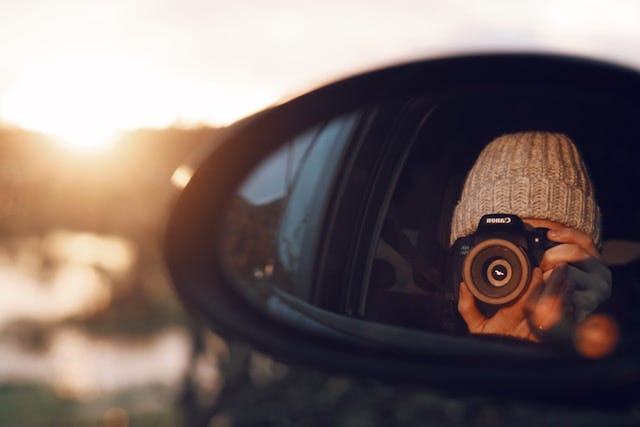
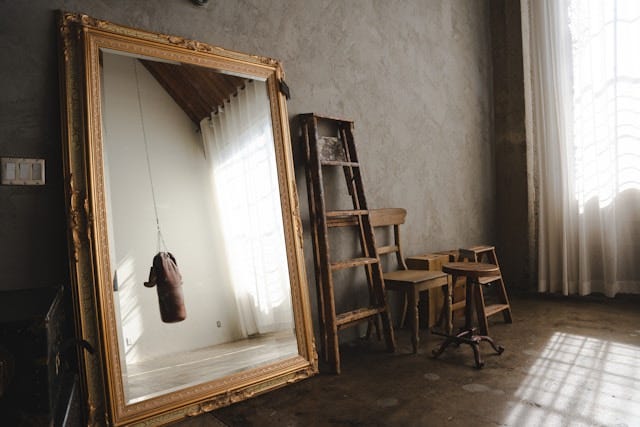
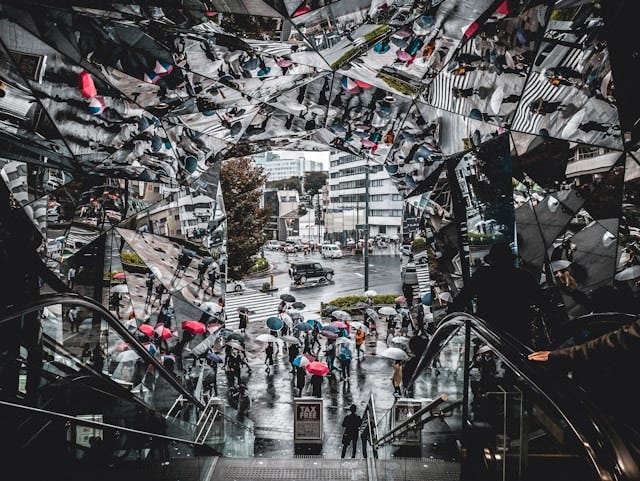
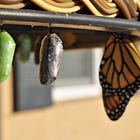
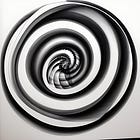

This is a fantastic list of resources, Kathryn. I'll be highlighting it in an upcoming post (probably Sept 14) on literary martyrdom, which I'm writing in support of National Suicide Awareness Prevention Month. I also loved seeing a number of the same exercises I included in a book I published in 2017 (as Kraig Brockschmidt) called Solving Stress. Those timeless exercises never lose their usefulness! And I really appreciate how you've framed them all specifically for artists/creatives. Keep up the great work!
Very interesting read. I'm certainly going to try the 5-4-3-2-1 technique. Thank you.